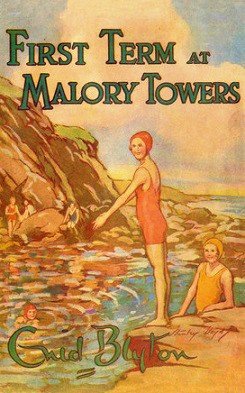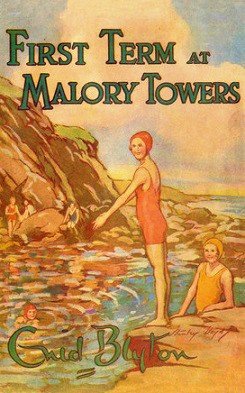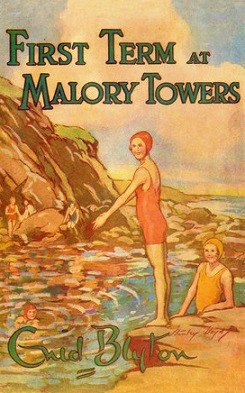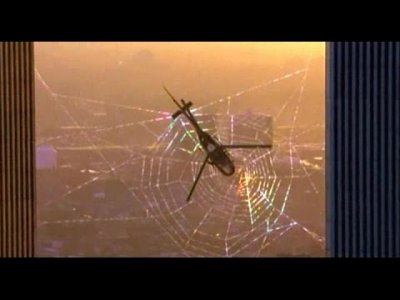- Joined
- Jul 19, 2004
- Messages
- 29,607
- Location
- Out of Bounds
He's just lacking in deep knowledge of certain matters and trying to force-fit obscure events into the Mandela Effect mold.
To be fair, the murky domestic events leading up to American entry into WW1 are essentially forgotten history that's rarely encountered in primary / secondary school history texts and classes. Most Americans simply haven't ever been made aware of these events, so the more dramatic Lusitania sinking remains as the sole popularly cited cause.
In any case, the munitions vaporized at Black Tom weren't American military materiel. They were mostly components of a massive shipment awaiting transport to the purchaser - Russia. The fact that this sabotage was directed at the supply chain of a far-off European combatant didn't exactly make it a flash point for entering a war most Americans of the time didn't give a rat's ass about.
To be fair, the murky domestic events leading up to American entry into WW1 are essentially forgotten history that's rarely encountered in primary / secondary school history texts and classes. Most Americans simply haven't ever been made aware of these events, so the more dramatic Lusitania sinking remains as the sole popularly cited cause.
In any case, the munitions vaporized at Black Tom weren't American military materiel. They were mostly components of a massive shipment awaiting transport to the purchaser - Russia. The fact that this sabotage was directed at the supply chain of a far-off European combatant didn't exactly make it a flash point for entering a war most Americans of the time didn't give a rat's ass about.











